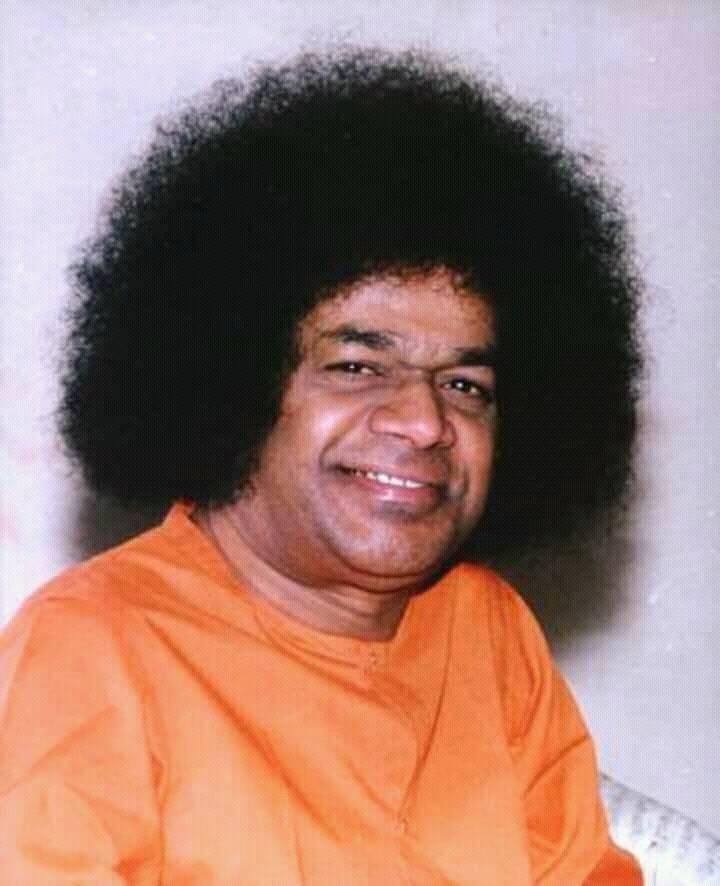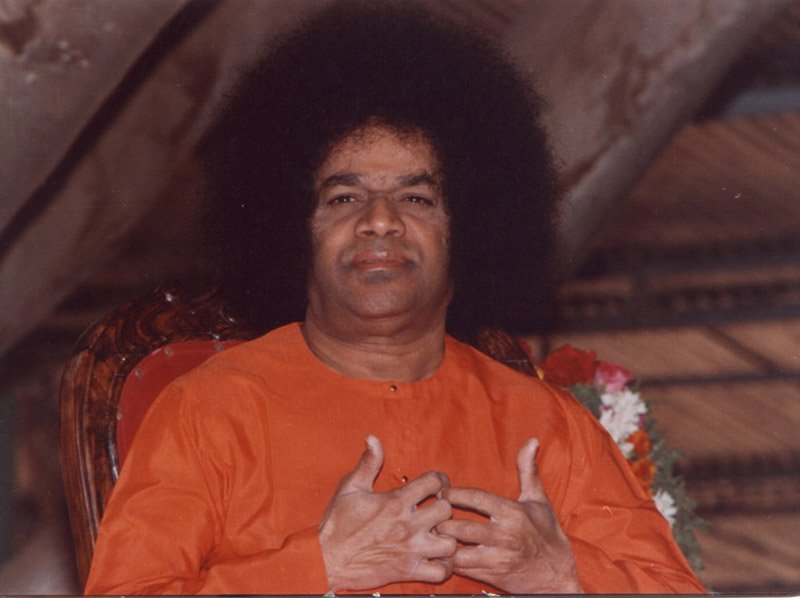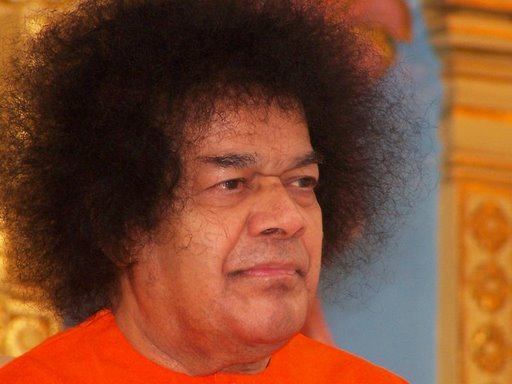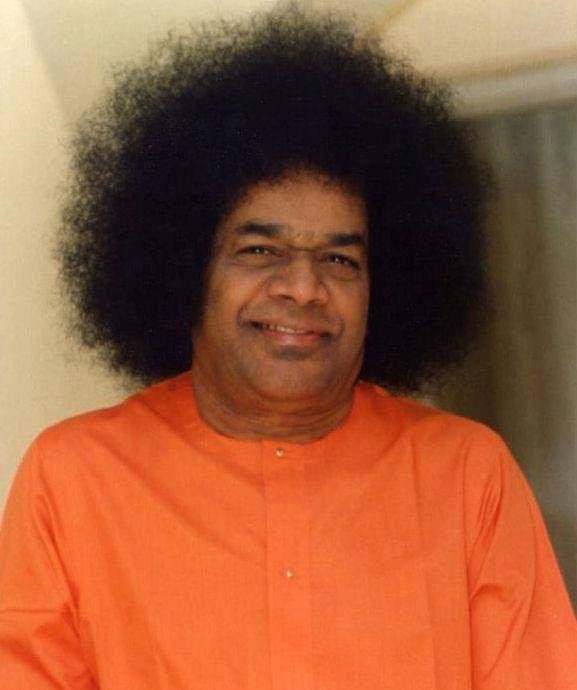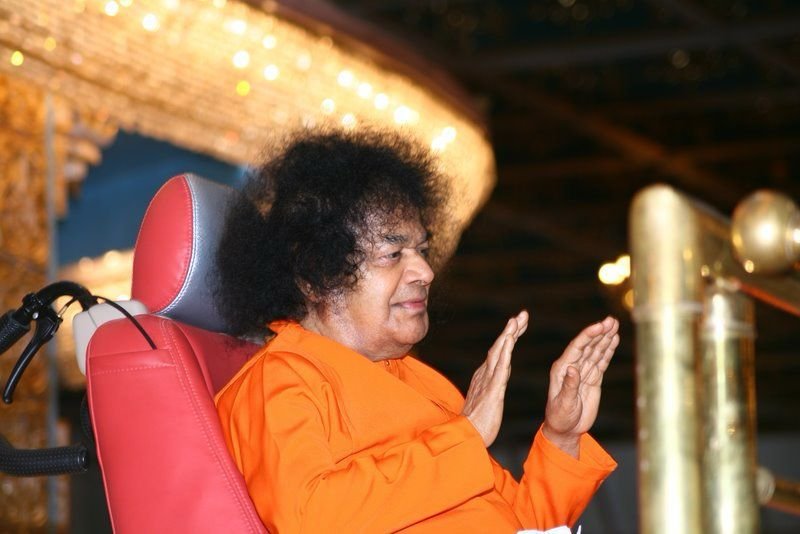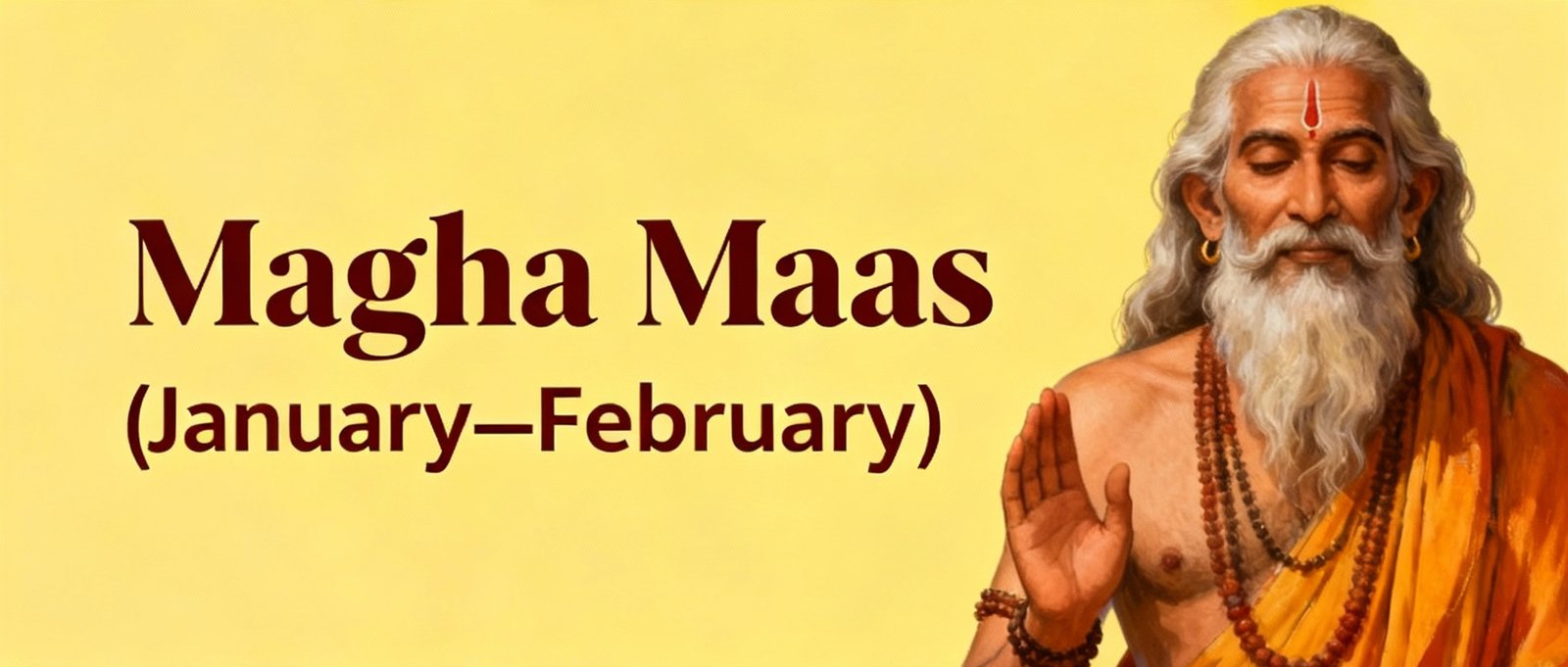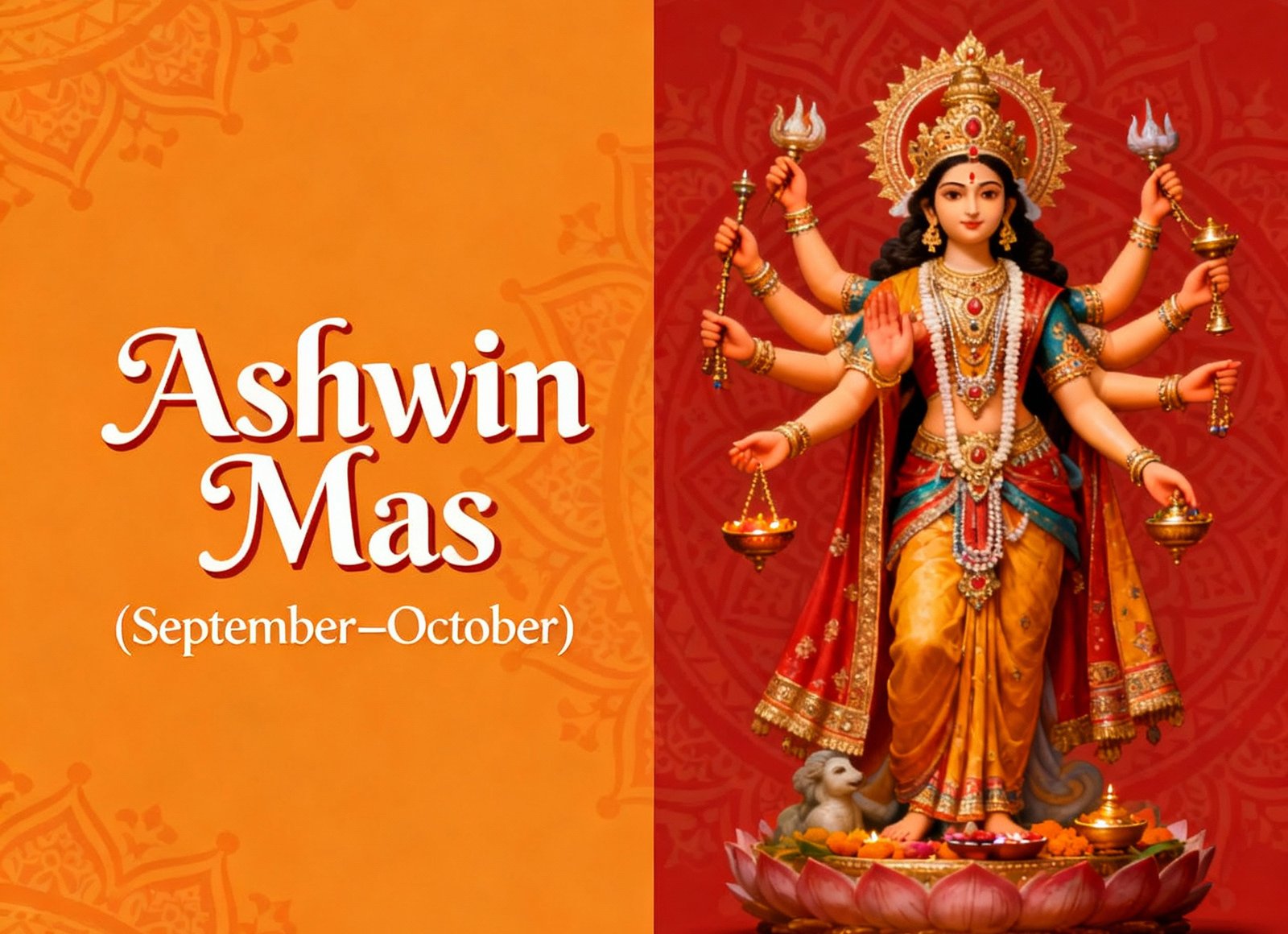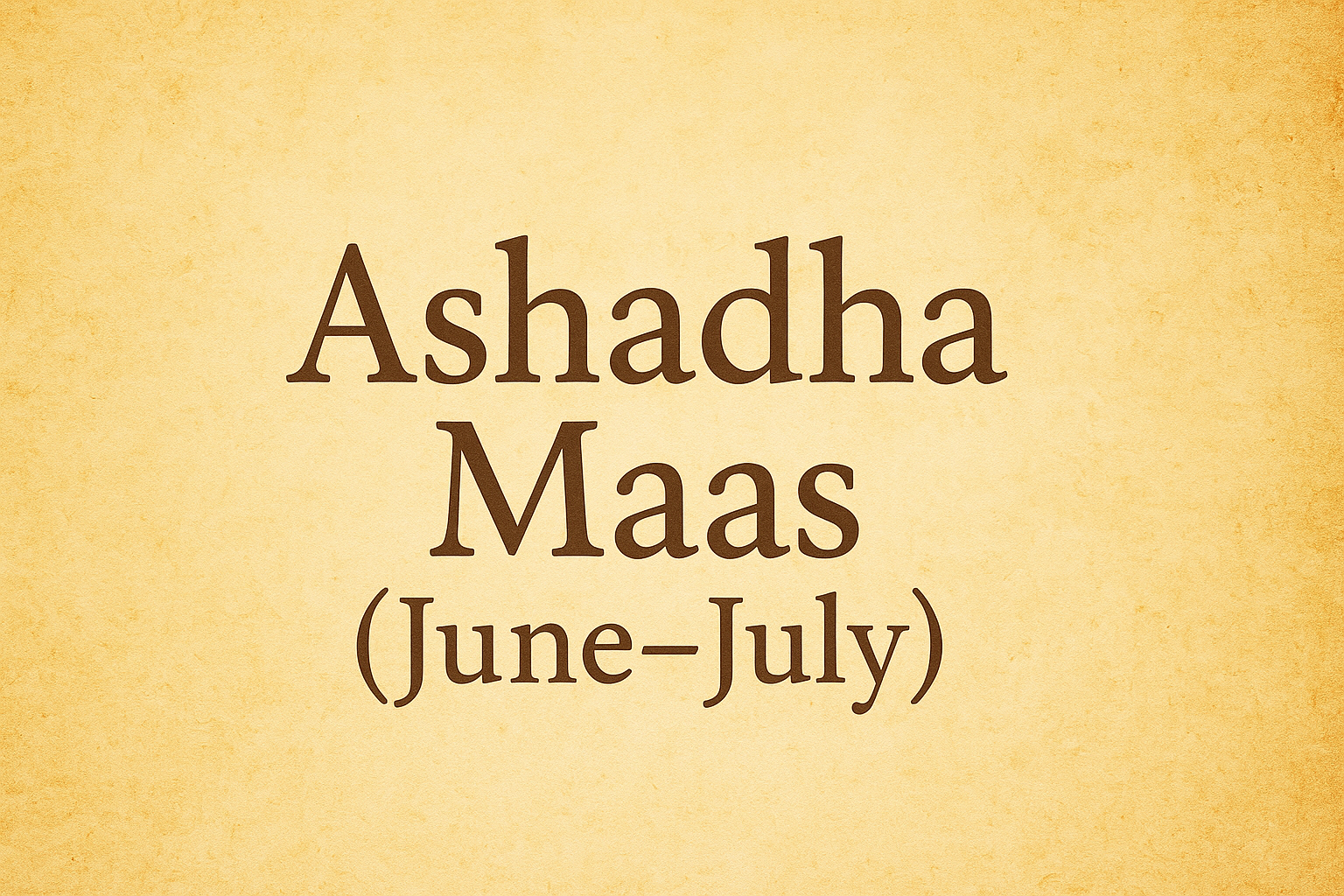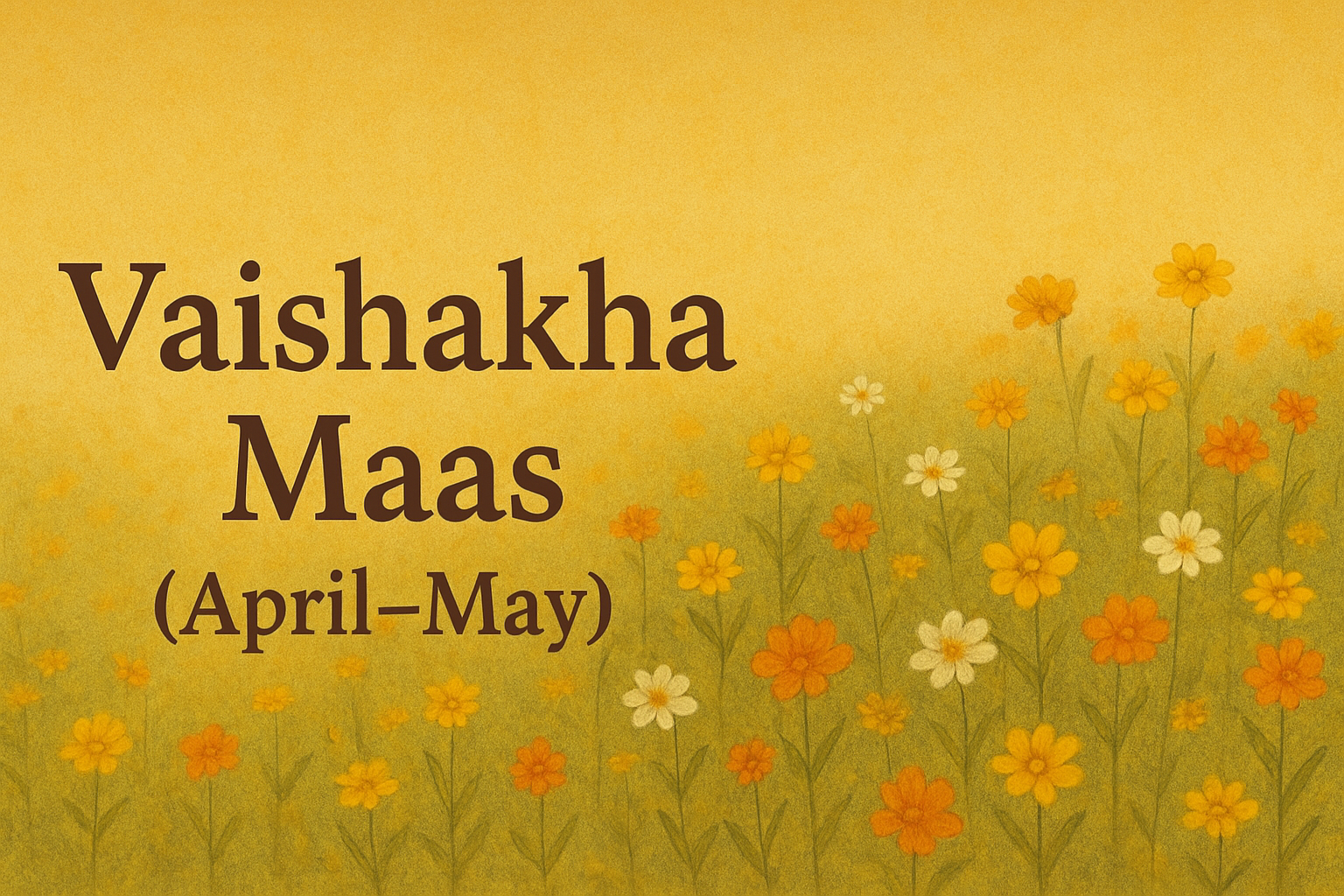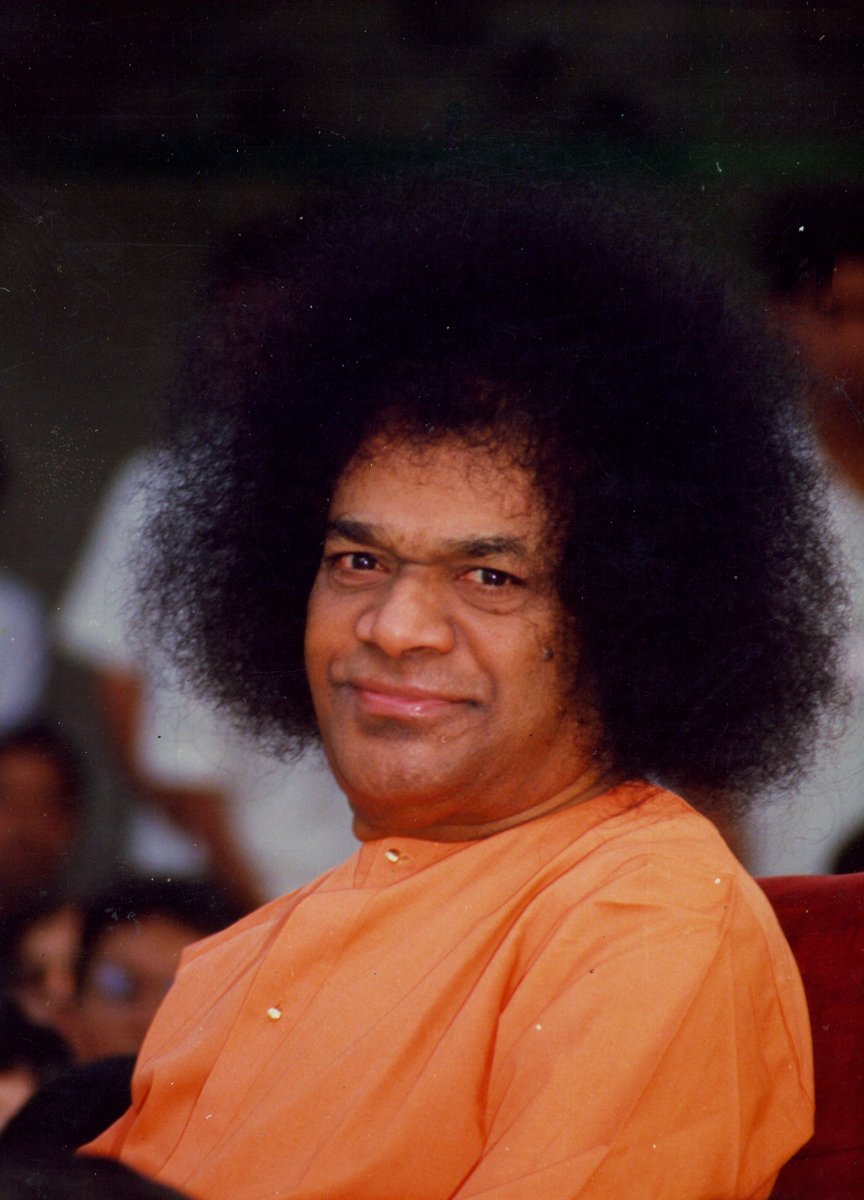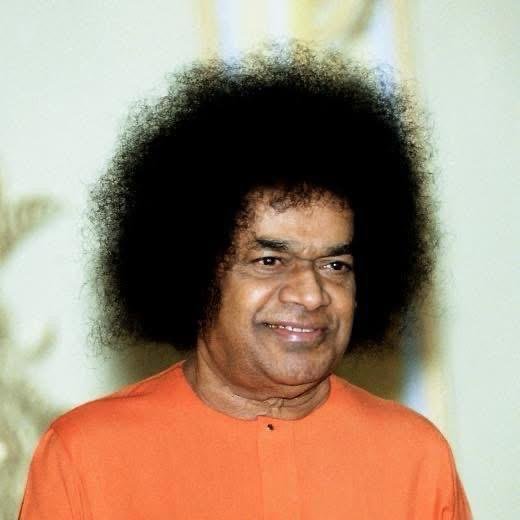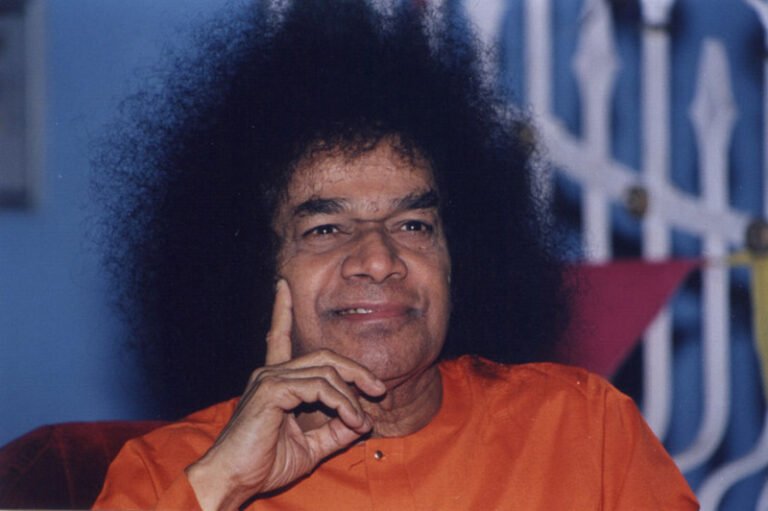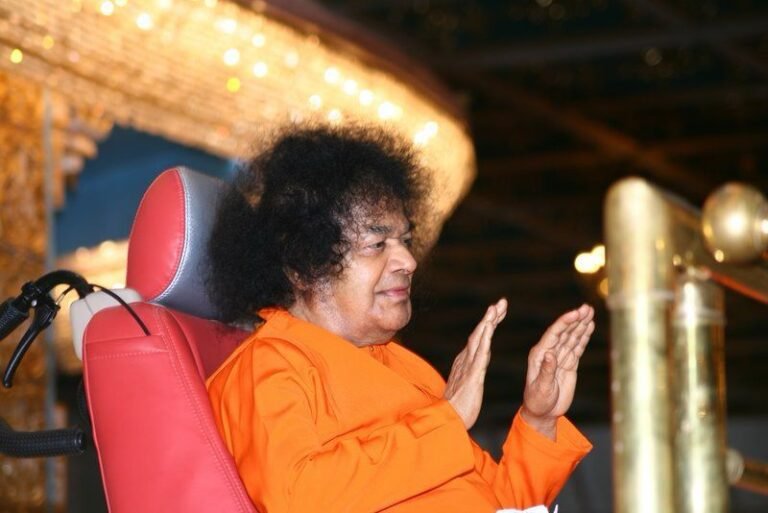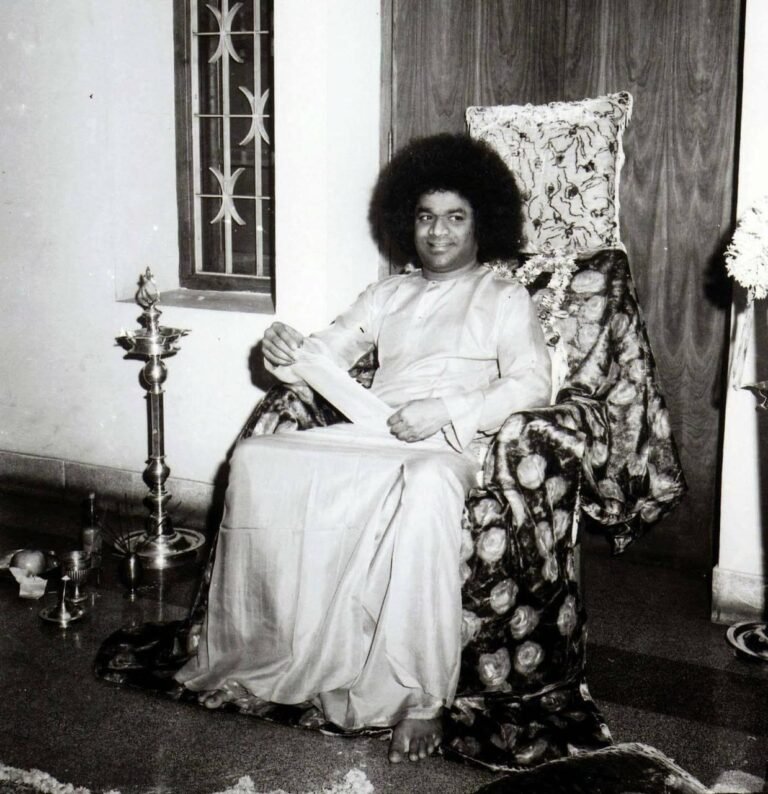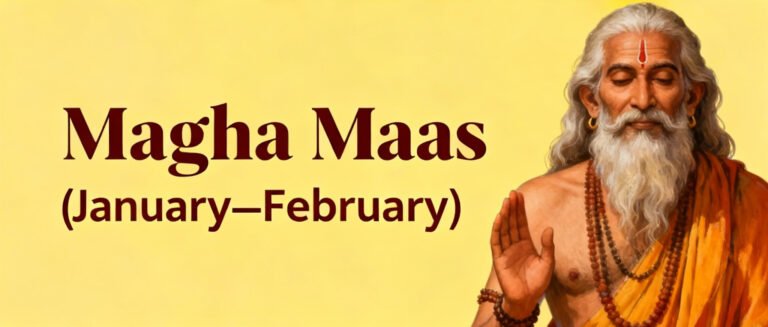Phalguna (February–March)
Ekadashi In The Month Phalguna (February–March) 🌙 Vijaya Ekadashi – Krishna Paksha (Phalguna Month) Vijaya Ekadashi falls during the Krishna Paksha (waning phase of the Moon) in the month of Phalguna (February–March).As its name suggests, “Vijaya” means Victory — this Ekadashi is believed to bestow success in all endeavors, remove obstacles, and ensure spiritual as well as worldly triumph. It is mentioned in the Skanda Purana and Padma Purana, where Lord Rama Himself observed this Ekadashi before crossing the ocean to reach Lanka. Hence, it is also regarded as the Ekadashi of Victory and Divine Grace. 🕉️ Legend of Vijaya Ekadashi Once, King Yudhishthira asked Lord Krishna to describe the glory of this Ekadashi. The Lord narrated a story from the Skanda Purana. When Lord Rama, along with Lakshmana and the Vanara army, was preparing to cross the ocean to reach Lanka, He sought the blessings of Sage Bakadalbhya. The sage advised Rama to observe the Vijaya Ekadashi Vrat to gain success and divine support in His mission. Under the sage’s guidance, Rama: The next morning, after offering food and charity to Brahmins and the needy, Rama broke His fast.Soon after, the sea god blessed Him, and a bridge (Rama Setu) was miraculously formed over the ocean — allowing Rama’s army to cross and ultimately win victory over Ravana. Hence, it is said that whoever observes Vijaya Ekadashi with sincerity attains victory in all righteous undertakings. 🌺 Significance of Vijaya Ekadashi 🪔 Rituals and Observances 1. Dashami (Day Before Ekadashi) 2. Ekadashi (Main Day of the Fast) 3. Dwadashi (Breaking the Fast) 📜 Scriptural Reference In the Skanda Purana, Lord Krishna says: “O King, one who observes Vijaya Ekadashi with full faith will achieve success in all undertakings, destroy all sins, and attain My supreme abode.” It is also said that the merit of observing Vijaya Ekadashi equals performing thousands of Ashwamedha and Rajasuya Yajnas. 🌿 Spiritual Meaning The deeper symbolism of Vijaya Ekadashi lies in conquering the inner enemies — lust, anger, greed, pride, and ignorance.True victory (Vijaya) is achieved when the soul triumphs over ego and connects with the divine essence within. It reminds us that with devotion, purity, and surrender to God, even the greatest challenges can be overcome — just as Lord Rama attained victory through faith and righteousness. ✨ Essence of Vijaya Ekadashi Symbolizes faith, courage, and righteousness leading to triumph. A day for spiritual strength and success. Brings victory over difficulties and evil forces. Purifies the mind and heart. Connects the devotee to Lord Vishnu’s divine power. 🌳 Amalaki Ekadashi – Shukla Paksha (Phalguna Month) Amalaki Ekadashi, also known as Amla Ekadashi, falls in the Shukla Paksha (waxing phase of the moon) during the month of Phalguna (February–March).It is one of the most sacred and auspicious Ekadashis, dedicated to the worship of Lord Vishnu and the Amalaki (Indian Gooseberry) tree, which is revered in Hinduism as a divine manifestation of purity and healing. This Ekadashi is said to destroy all sins, enhance longevity, and bring prosperity and good health. 🌿 Mythological Significance of Amalaki Ekadashi The story of this Ekadashi is described in the Brahmanda Purana. Once, King Chitraratha, a great devotee of Lord Vishnu, ruled over a prosperous kingdom called Vaidhisha. His people lived virtuous lives, following dharma and worshipping Vishnu regularly. During the Phalguna Shukla Ekadashi, the king and his citizens performed a grand ritual under an Amalaki tree, offering prayers, lighting lamps, and fasting with deep devotion. That night, a demon named Vayasura attacked the city, intending to destroy the holy gathering. However, as he approached, the divine energy emanating from the Amalaki tree and the Lord Vishnu idol incinerated the demon instantly. In the morning, the people were astonished to see the demon’s ashes. The divine voice of Lord Vishnu echoed through the sky, saying: “By observing the Amalaki Ekadashi fast with devotion, all sins are destroyed, enemies are defeated, and one attains My eternal abode.” Since then, devotees have observed this Ekadashi with reverence, worshipping the Amalaki tree as the embodiment of Vishnu’s divine energy. 🍃 Spiritual Importance of the Amalaki Tree The Amla (Indian Gooseberry) is considered sacred in Hinduism — it is believed to be the dwelling place of Lord Vishnu and Goddess Lakshmi.It symbolizes health, vitality, and purity. Worshipping it on this day bestows spiritual merit (punya), good fortune, and protection from illness. In Ayurveda, Amla is known for its exceptional healing properties — it purifies the body, enhances immunity, and rejuvenates the mind and soul. Thus, its presence in this Ekadashi signifies both spiritual and physical cleansing. 🪔 Rituals and Observances 1. Dashami (Day Before Ekadashi) 2. Ekadashi (Main Day of the Fast) 3. Dwadashi (Breaking the Fast) 📜 Scriptural Reference In the Brahmanda Purana, Lord Krishna says to Yudhishthira: “He who observes Amalaki Ekadashi attains freedom from sin, enjoys good fortune, and ultimately reaches My divine abode, Vaikuntha.” It is also said that: “A person who worships the Amla tree on this day gains the fruit of performing countless sacrifices and charities.” 🌸 Benefits of Observing Amalaki Ekadashi 🌼 Spiritual Essence Amalaki Ekadashi symbolizes the harmony of nature and divinity.The Amalaki tree, representing purity and healing, stands as a reminder that the divine resides in every aspect of nature. By fasting, meditating, and offering devotion to Lord Vishnu on this day, devotees cleanse both body and soul, attaining inner balance and divine grace. ✨ Essence of Amalaki Ekadashi Leads to victory over sin and attainment of Vaikuntha (heavenly abode). Dedicated to Lord Vishnu and the sacred Amla tree. Brings purity, prosperity, and spiritual health. Promotes harmony between humans and nature.
Phalguna (February–March) Read Post »

